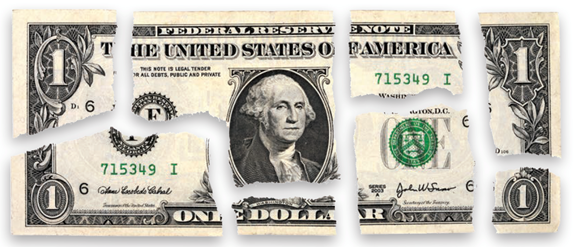Updated May 12, 2023

Ever wonder how America became so proficient at consumerism? In today’s economy, Americans spend more money than any other country. Wikipedia defines Gross Domestic Product as a “monetary measure of the market value of all a country’s goods and services, produced within a specific period.” Core to America’s GDP is spending. The way Americans consume goods and spend money is, in many ways, a tale as old as the past century. Consumerism as we know it was stimulated by the U.S. government during World War I. A group called the Committee on Public Information, or CPI was convened to sway the American public from an isolationist perspective towards the support of U.S. involvement in the war. It happened that Edward Bernays, a powerful publicist, and tastemaker considered to be the founder of public relations, was a part of the CPI. When the group disbanded, Bernays kept up the work of swaying public opinion via a private firm he started. He was a wildly successful early marketer, convincing many that one of the tenets of American life was the freedom to buy things and express one’s style through possessions.
To this day, Americans spend more than any other country on expendable goods, experiences, and services to cultivate and sustain lifestyles. It is essential for marketers to understand how a specific demographic spends its money – and then hone-in on specific ways to reach a target audience that helps to affirm their needs of acceptance and esteem. If you’d like to deepen your understanding of how psychology and buying power should inform your marketing strategy, dive into my full white paper, The Algorithm for Consumer Spending.
This article is part of The Algorithm for Consumer Spending Series.

